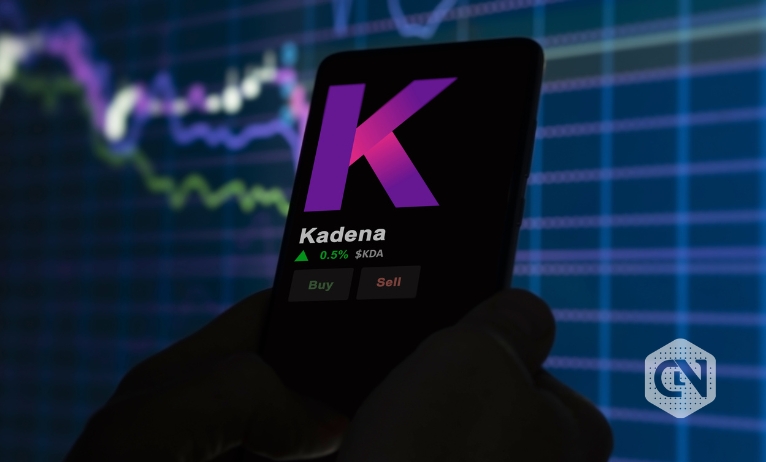Kadena has announced that it has achieved an important milestone as hashrate touches an ATH of 666.88 PH/s, that is, Petahashes per second. This has been termed incredible considering there is a decline in Bitcoin. It is also incredible since the lowest it has ever been was 63.19 PH/s. The ATH dates back to January 28, 2024.
Kadena is optimistic about the growth amid the rise in its hashrate. The higher the hashrate, the stronger the security and decentralization. Also, it demonstrates that Kadena has new computational power joining the ecosystem. Therefore, it makes it difficult for malicious actors to attack the network. Per estimates, the chances have come down by 51%.
A rise further depicts that there is a growing interest in Kadena along with investment. While it is not known if both factors are playing on the field together or if it is either of them, the investment certainly pertains to driving funds into the mining infrastructure.
Fluctuations in hashrate could be because of three factors:
- The interest of miners in mining blocks on the native network
- Changes in the price of Kadena
- Efficiency plus the availability of mining software or hardware
An increase in the hashrate also means that the network is no longer dependent on a single entity. It is more resilient in an environment where a larger number of miners compete in the ecosystem. They are rewarded with KDA, the token of the network.
Stuart Popejoy, the Chief Executive Officer of Kadena, has talked about this in length. He has published a post on X, saying Kadena’s answer to complexities is simple, braided chains.
The concept helps Kadena assist developers of dApps in scaling their projects. Developers can leverage rock-solid tools that they utilize to scale KDA. Braided chains also come into play by localizing the Kadena network for independent security. The only limitations that braided chains have pertain to progressing blocks by chains, block lead, and chain comparison.
To begin, no single chain can advance more than one block ahead of its neighboring chains. Similarly, no single chain can surpass two blocks of lead over adjacent chains. And span three blocks more than other chains in the network. However, it has minimal impact on the benefits it provides.
Bitcoin hashrate has taken a nose dive. This is partly due to the energy restrictions imposed by ERCOT in Texas. The Council has proposed limiting energy activities by limiting the hours Texas people can use energy. Furthermore, the price of electricity is rising, making it more expensive.
Kadena’s success has been credited to the decentralized nature of its miners’ location outside of Texas.
That said, KDA is currently down by 2.52% in the last 24 hours, listed at $0.9638. It also dropped 3.12% and 27.42% in the last 7 days and 30 days, respectively.

